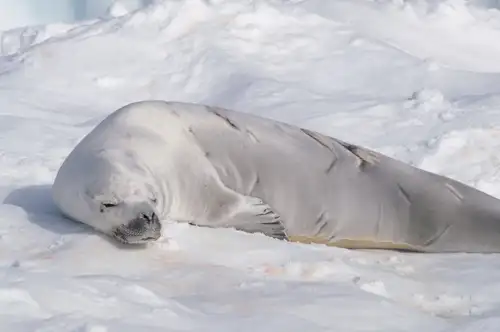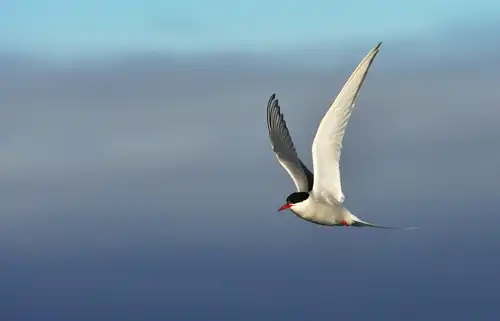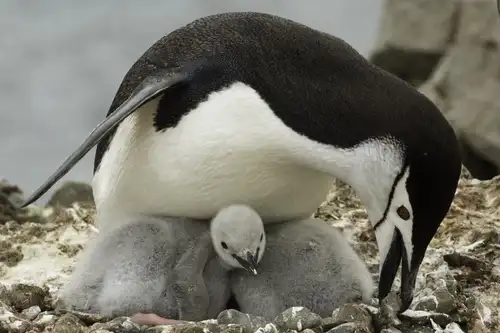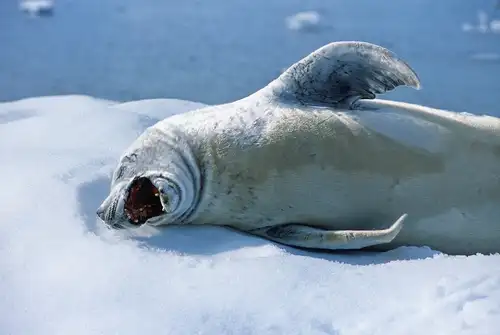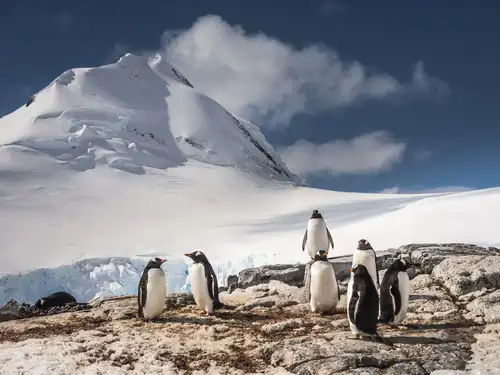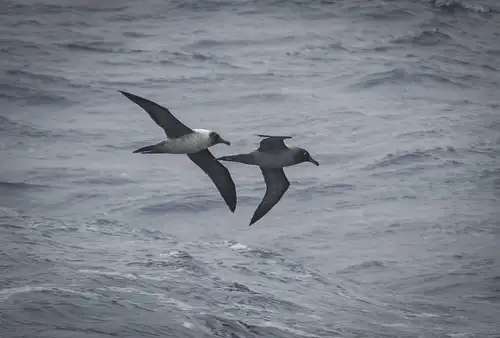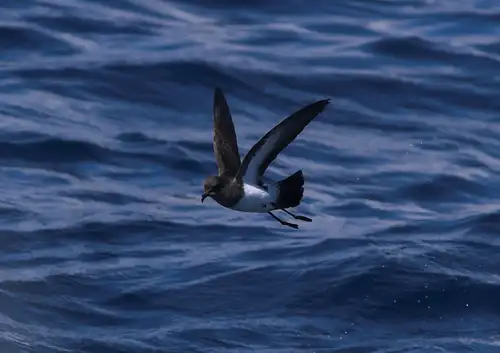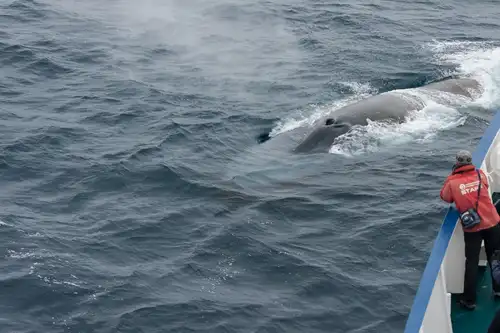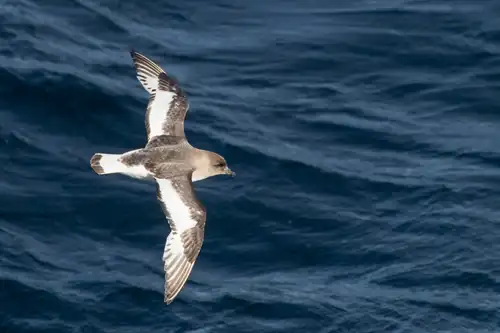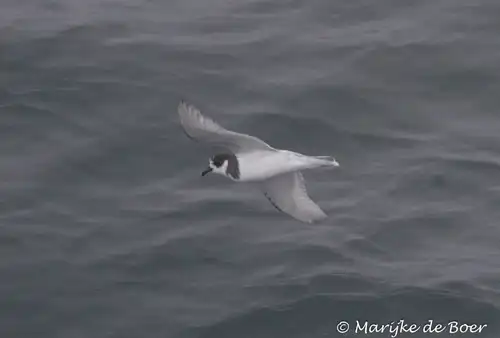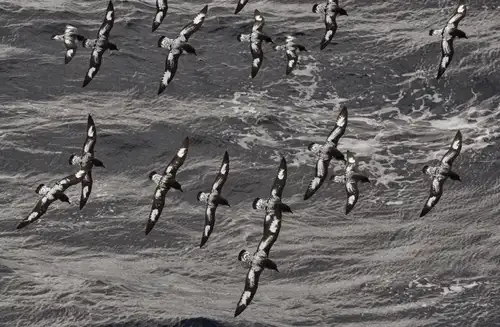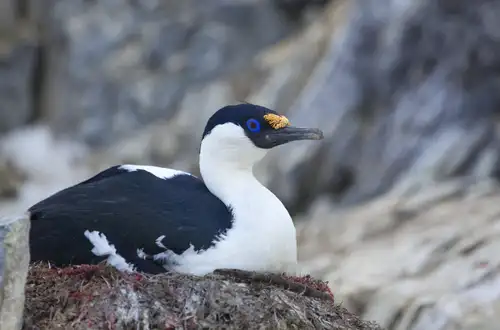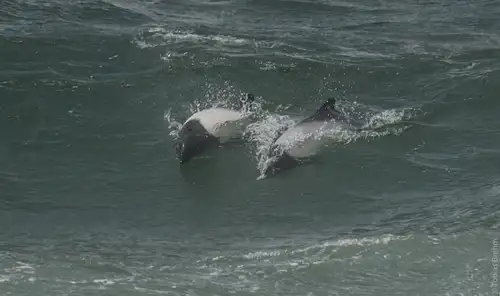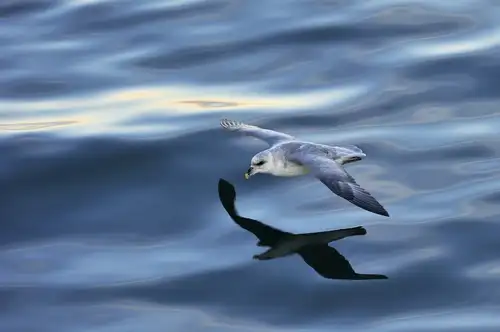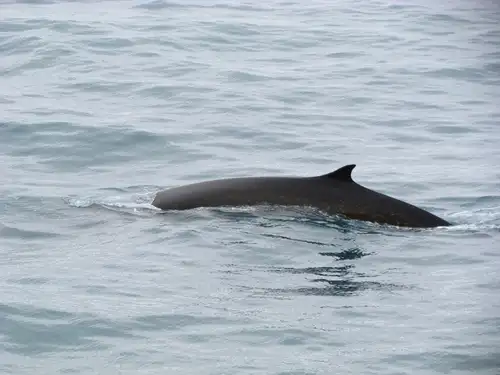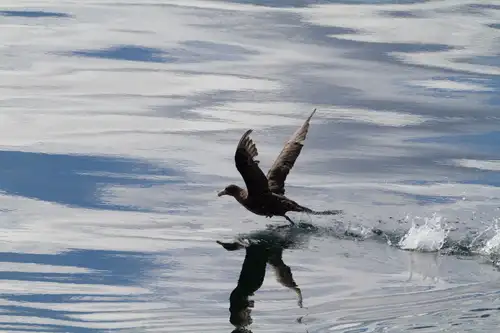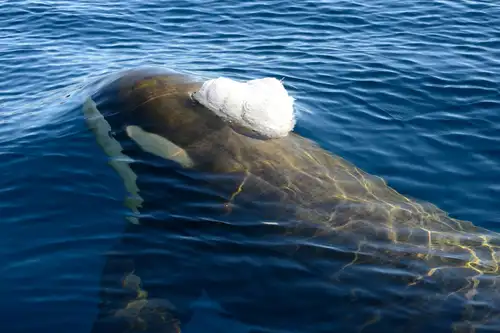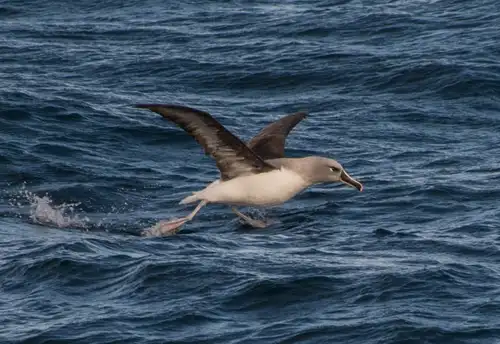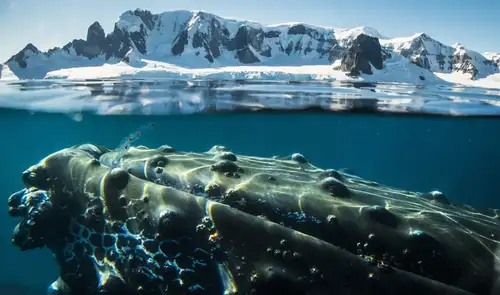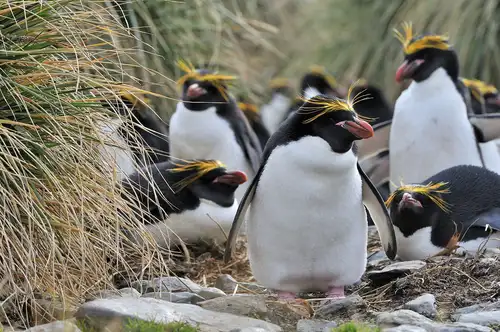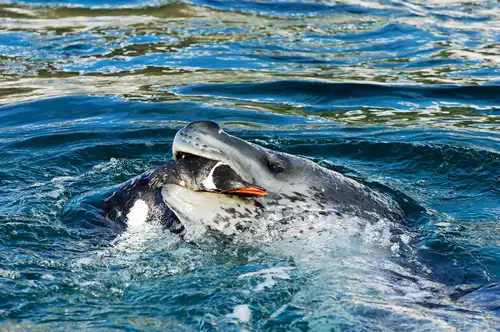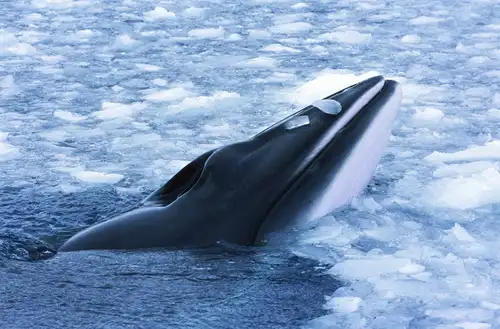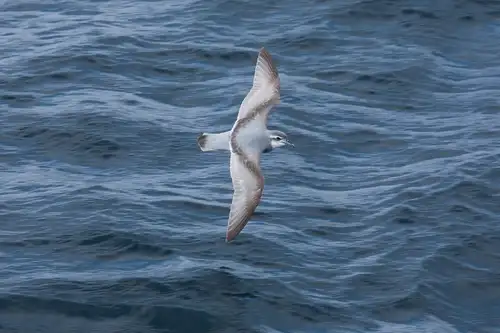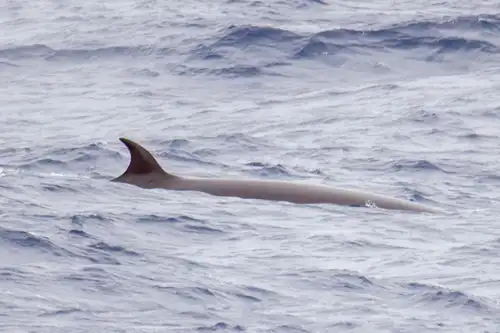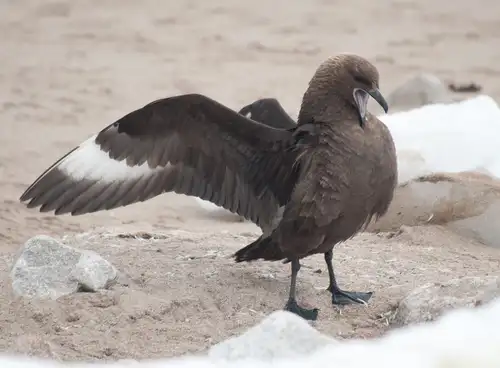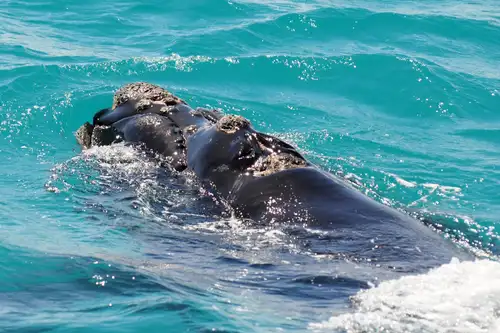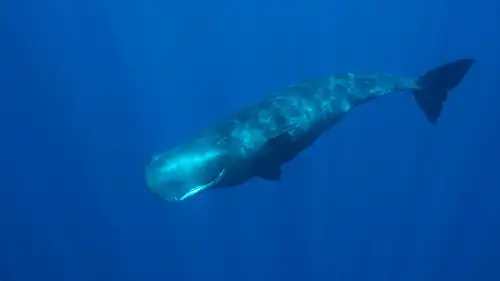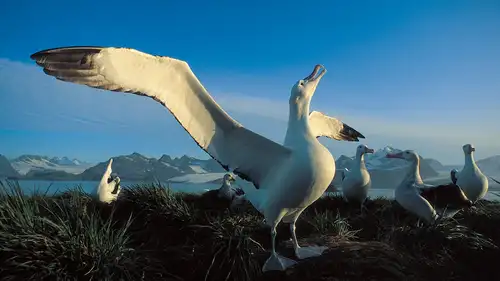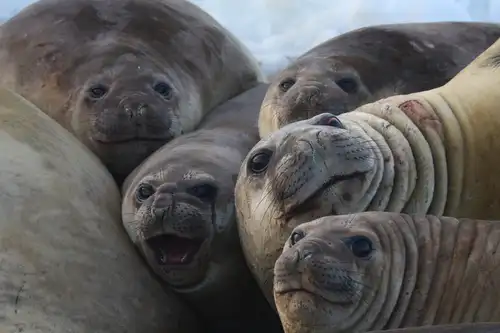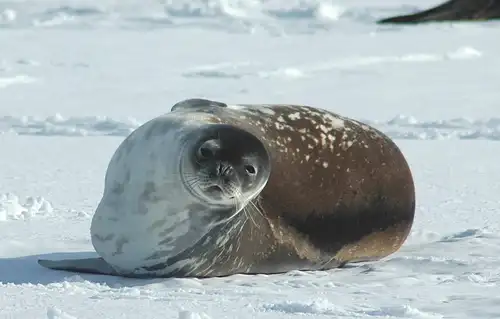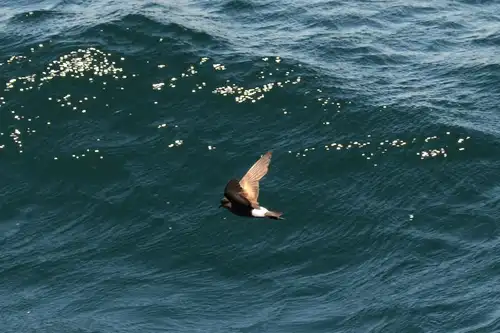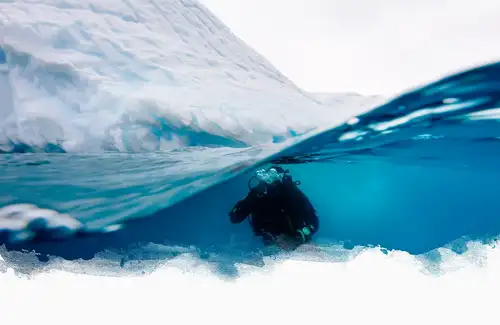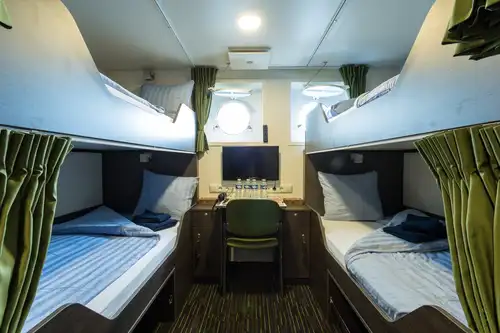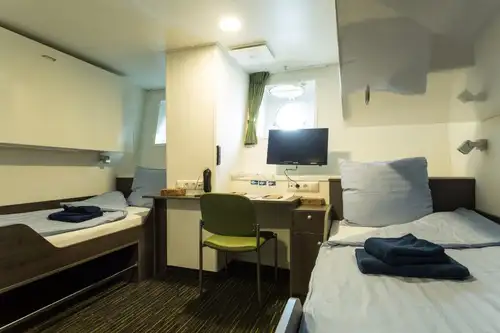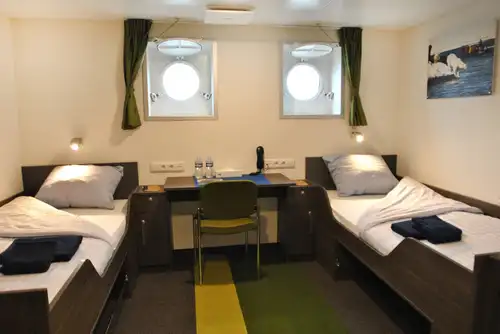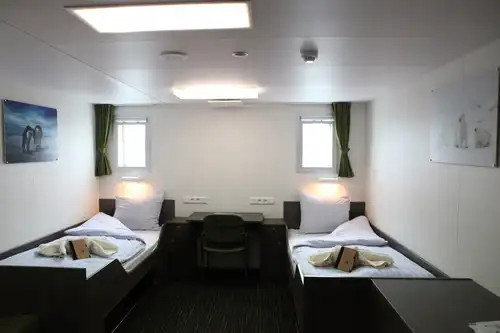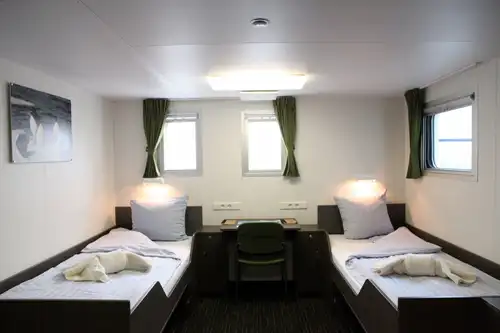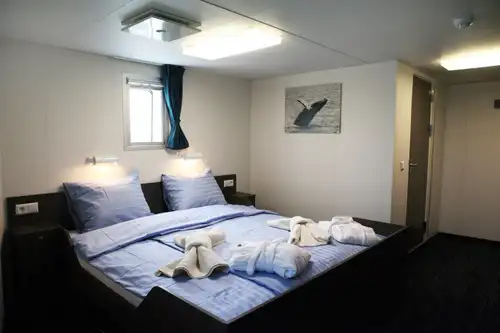 25 Days/24 Nights
25 Days/24 Nights
Your expedition starts in Ushuaia, Argentina, the southernmost city in the world. In the afternoon, you leave this small town on Tierra del Fuego, known as "The End of the World," and cruise through the Beagle Channel.
Path of the Polar Explorers
For two days, you cross the Drake Passage, experiencing cool breezes and rolling seas. After passing the Antarctic Convergence, you enter a zone rich in marine life. Look for wandering albatrosses, cape pigeons, and other seabirds.
Antarctic Peninsula
Following the path of explorer Adrien de Gerlache, you may land at Auguste Island and Hydrurga Rocks, home to penguins and seals. Possible stops include:
- Charlotte Bay – First continental landing at Portal Point.
- Cuverville Island – Home to gentoo penguins and brown skuas.
- Danco Island – Focus on gentoo penguins and seals.
Flandres Bay and Renard Island
Arrive at Flandres Bay and hope to land at Renard Island, known for its rugged terrain and historical significance.
Crossing the Antarctic Circle
In Crystal Sound, witness the vast Antarctic landscape. If possible, land on Detaille Island, a historic research station. Visits to Pourquoi-Pas Island and Horseshoe Island offer insights into past expeditions and stunning views.
Continuing Southward through Marguerite Bay
As you travel south, watch for rare wildlife like the Ross seal. This is a true exploration area, rarely visited by others.
Entering the Bellingshausen Sea
Explore the Ronne Entrance, a remote area first recorded by Lincoln Ellsworth. Landings depend on weather and ice conditions.
A Rare Glimpse of Peter I Island
Peter I Island is a remote volcanic island. If conditions allow, you may land via helicopter on this rarely visited site.
Northward Bound: From Peter I Island Across the Drake Passage
After exploring Peter I Island, head north across the Southern Ocean. Enjoy lectures on Antarctic history and marine life. Watch for albatrosses and whales as you cross the Drake Passage.
End of the World, Last of the Journey
Your journey ends in Ushuaia. Disembark with memories of an unforgettable adventure.











































































- Flights to the embarkation point and from the disembarkation point.
- Pre- and post- land arrangements.
- Passport and visa expenses.
- Meals ashore.
- Personal health Insurance for Medical, Accident and Repatriation/Evacuating.
- All personal expenses, including but not limited to laundry services, bar beverages, and excess internet usage charges.
- The customary gratuity at the end of the voyages for stewards and other service personnel aboard (guidelines will be provided).
- Voyage aboard the indicated vessel
- All meals throughout the voyage aboard the ship including snacks, coffee and tea.
- All shore excursions and activities throughout the voyage by Zodiac.
- Program of lectures by noted naturalists and leadership by experienced expedition staff.
- Free use of rubber boots and snowshoes.
- Pre-scheduled group transfer from the vessel to the airport in Ushuaia (directly after disembarkation).
- All miscellaneous service taxes and port charges throughout the programme.
- Comprehensive pre-departure material.
- An ice-strengthened ship is a ship made of steel. These ships are made to get through the ice at Antarctica and the Arctic. Nowadays, most of the ships that cruise to Antarctica and the Arctic are ice-strengthened ships. Ortelius and Plancius are both are ice-strengthened ships. Ortelius has the highest ice-class notation (UL1 equivalent to 1A) and is therefore very suitable to navigate in solid one-year sea ice and loose multi-year pack ice. Plancius has an ice-class notation of 1D. Icebreakers are needed if there is a trade route to keep ice free, if there are military reasons for patrolling in areas with heavy sea ice or if you need to work in heavy ice conditions, particularly in winter. Icebreakers are expensive to build and very expensive in fuel to run (sometimes powered by gas turbines or a nuclear generator). They are uncomfortable to travel in on the open sea.
- You need to be in good general health and able to walk several hours per day. Though our expeditions are ship-based, they can be physically demanding. You can choose to stay on the vessel if you prefer, but you will still need to be able to move safely around the ship even in bad weather. Assuming you choose to join landings, you will need to be able to get in and out of the Zodiacs. You must also be capable of getting up and down the gangway. This will become easier with practice, but the gangway is steep and moves with the rocking of the vessel. Conditions on shore can also be rocky, uneven, and slippery, and we will be in remote areas without access to sophisticated medical facilities. You must not join an expedition if you have a life-threatening condition or need daily medical treatment. Any major health problem or physical condition that requires emergency care must be brought to our attention prior to the voyage. Please fill out our Personal Information Form, which we will send at the time of booking. This form must be completed and returned within one month of your book date. Since we travel in such remote areas, medical evacuation by air is often impossible. We therefore reserve the right to refuse travel or participation in activities to anyone whose health concerns might pose a safety risk to our staff or other passengers.
- When you make a confirmed reservation, we require a 40% deposit. But if the reservation is made within two months prior to departure, the full price of the voyage is due at the time of booking.
- No, you are not able to get cash advances on the vessel.
- The Antarctic Circle is slowly moving southward. This movement changes its exact coordinates by approximately 15 meters (49 feet) every year. At the current time, the entire area beneath the Antarctic Circle takes up 20 million square km (7.7 million square miles), which accounts for 4 percent of the Earth's total landmass.
- Although we do not know which individual determined the existence of this Polar Circle, history does tell us that James Cook was the first person to travel to the Antarctic Circle. Cook reportedly crossed the circle via boat in 1773 as part of his second voyage to discover new regions.
- The Ortelius was built in Poland in 1989 for the Russian Academy of Science.
- The number of passengers is limited to approximately 116 on the Ortelius. Furthermore the vessel is manned by 20 highly experienced international nautical crew, 19 international hotel crew, including stewardesses, 7 expedition staff in Antarctica (1 expedition leader and 6 guides/lecturers) and 1 doctor.
You May Also Like


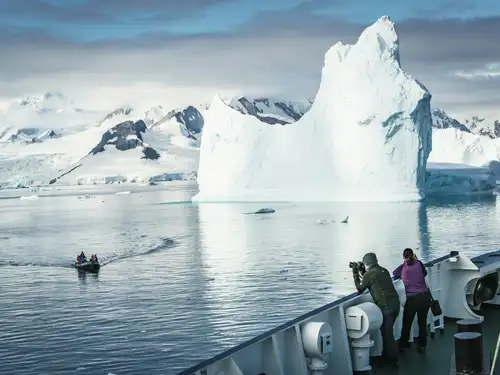
Falklands, South Georgia and Antarctica - Photographic Special
 21 Days / 20 Nights
21 Days / 20 Nights
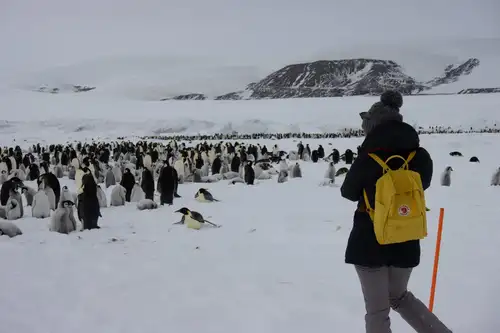
Weddell Sea – In search of the Emperor Penguin, incl. helicopters
 11 Days / 10 Nights
11 Days / 10 Nights

Antarctica - Discovery and learning voyage
 11 Days / 10 Nights
11 Days / 10 Nights

Falkland Islands - South Georgia - Antarctica
 20 Days / 19 Nights
20 Days / 19 Nights

Antarctica - Basecamp - free camping, kayaking, snowshoe/hiking, mountaineering, photo workshop
 13 Days / 12 Nights
13 Days / 12 Nights

Falkland Islands - South Georgia - Elephant Island - Antarctica - Polar Circle
 23 Days / 22 Nights
23 Days / 22 Nights
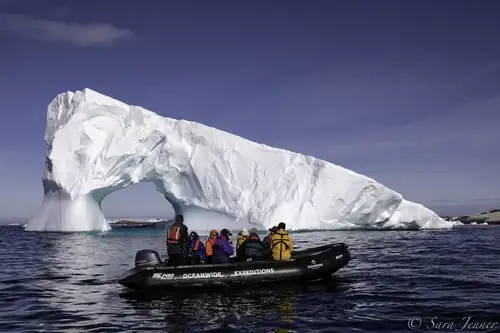
Antarctica - Elephant Island - Weddell Sea - Polar Circle - Aurora Australis / Southern Lights
 15 Days / 14 Nights
15 Days / 14 Nights

Antarctica - Whale watching discovery and learning voyage - Aurora Australis / Southern Lights
 11 Days / 10 Nights
11 Days / 10 Nights

Antarctica - Beyond the Polar Circle - whale watching - Aurora Australis / Southern Lights
 12 Days / 11 Nights
12 Days / 11 Nights
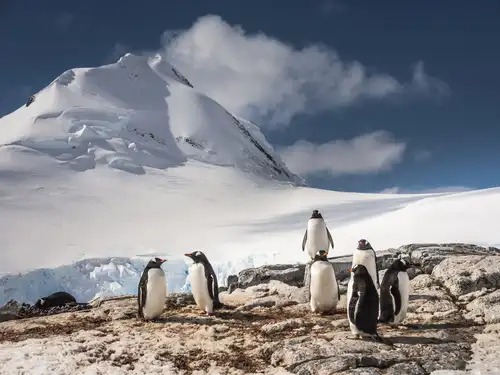
Antarctica - Whale watching
 10 Days / 9 Nights
10 Days / 9 Nights

Atlantic Odyssey incl. Antarctic Peninsula to St. Helena
 33 Days / 32 Nights
33 Days / 32 Nights

Atlantic Odyssey incl. Antarctic Peninsula to Cape Verde
 43 Days / 42 Nights
43 Days / 42 Nights

Falkland Islands - South Georgia - Antarctic Peninsula - Photography special
 21 Days / 20 Nights
21 Days / 20 Nights

Falkland Islands - South Georgia - Antarctic Peninsula
 21 Days / 20 Nights
21 Days / 20 Nights

Falkland Islands - South Georgia - Antarctic Peninsula - Birding
 19 Days / 18 Nights
19 Days / 18 Nights

Antarctica - Discovery and learning + Long hikes
 11 Days / 10 Nights
11 Days / 10 Nights

Bellingshausen Sea / Peter I Island + Ellsworth Land - incl. helicopters
 25 Days / 24 Nights
25 Days / 24 Nights

Antarctic Peninsula - Weddell Sea + Activity: Long Hikes
 11 Days / 10 Nights
11 Days / 10 Nights
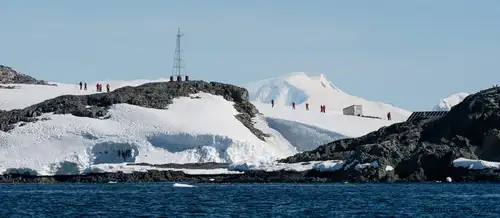
Antarctica - Polar Circle - Deep South Discovery voyage - Aurora Australis / Southern Lights
 13 Days / 12 Nights
13 Days / 12 Nights
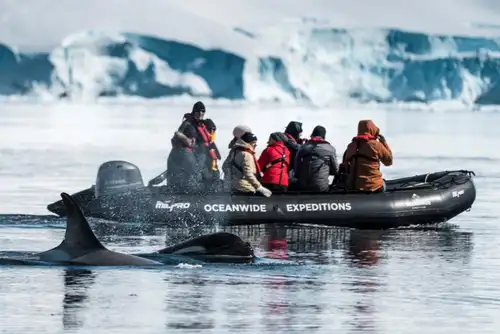
Antarctica - Whale watching discovery and learning voyage
 11 Days / 10 Nights
11 Days / 10 Nights

Antarctica - Elephant Island - Weddell Sea - Polar Circle
 15 Days / 14 Nights
15 Days / 14 Nights
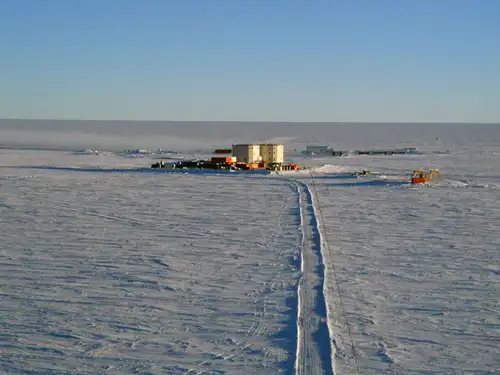
Day and night in Antarctica
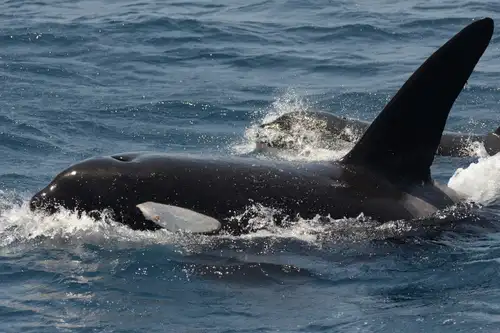
8 Whales You Might See During Your Antarctica Cruise

Adding Antarctica to Your Seven-Continents Bucket List
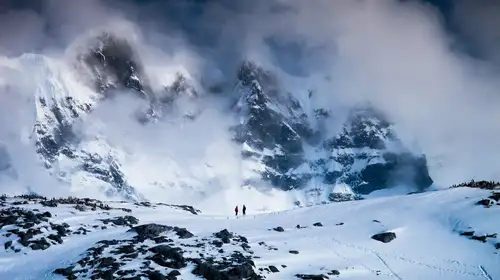
Eight Antarctic Misconceptions
